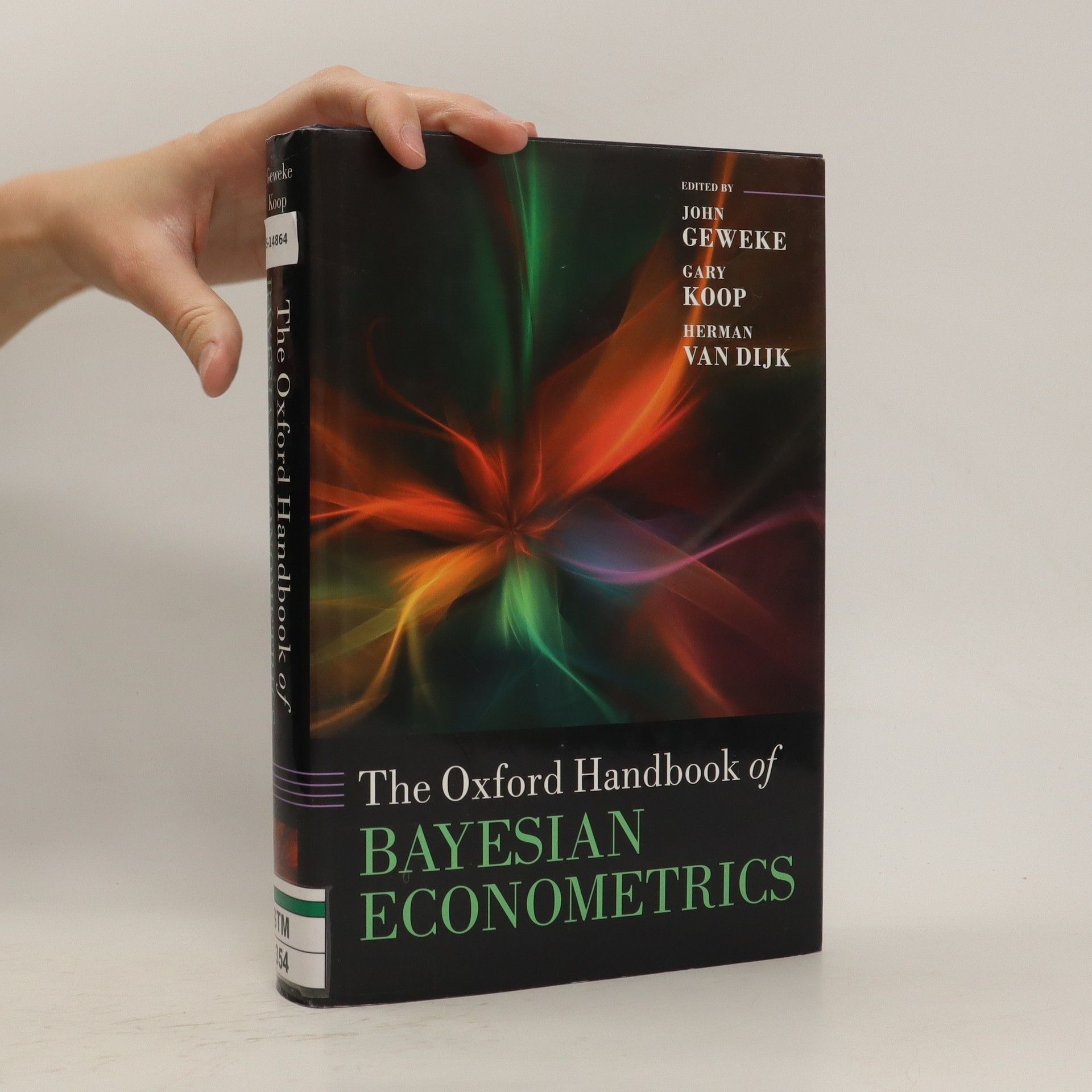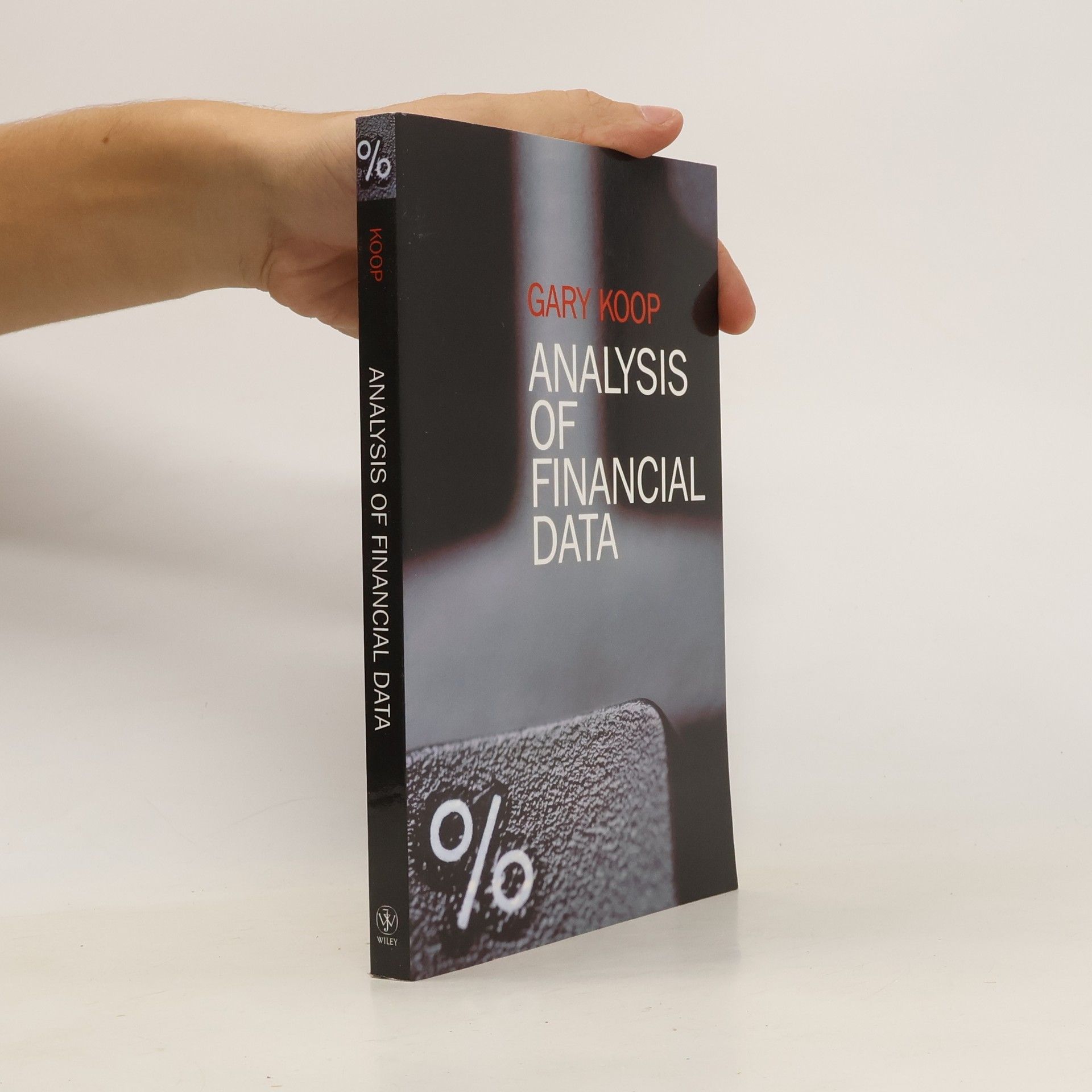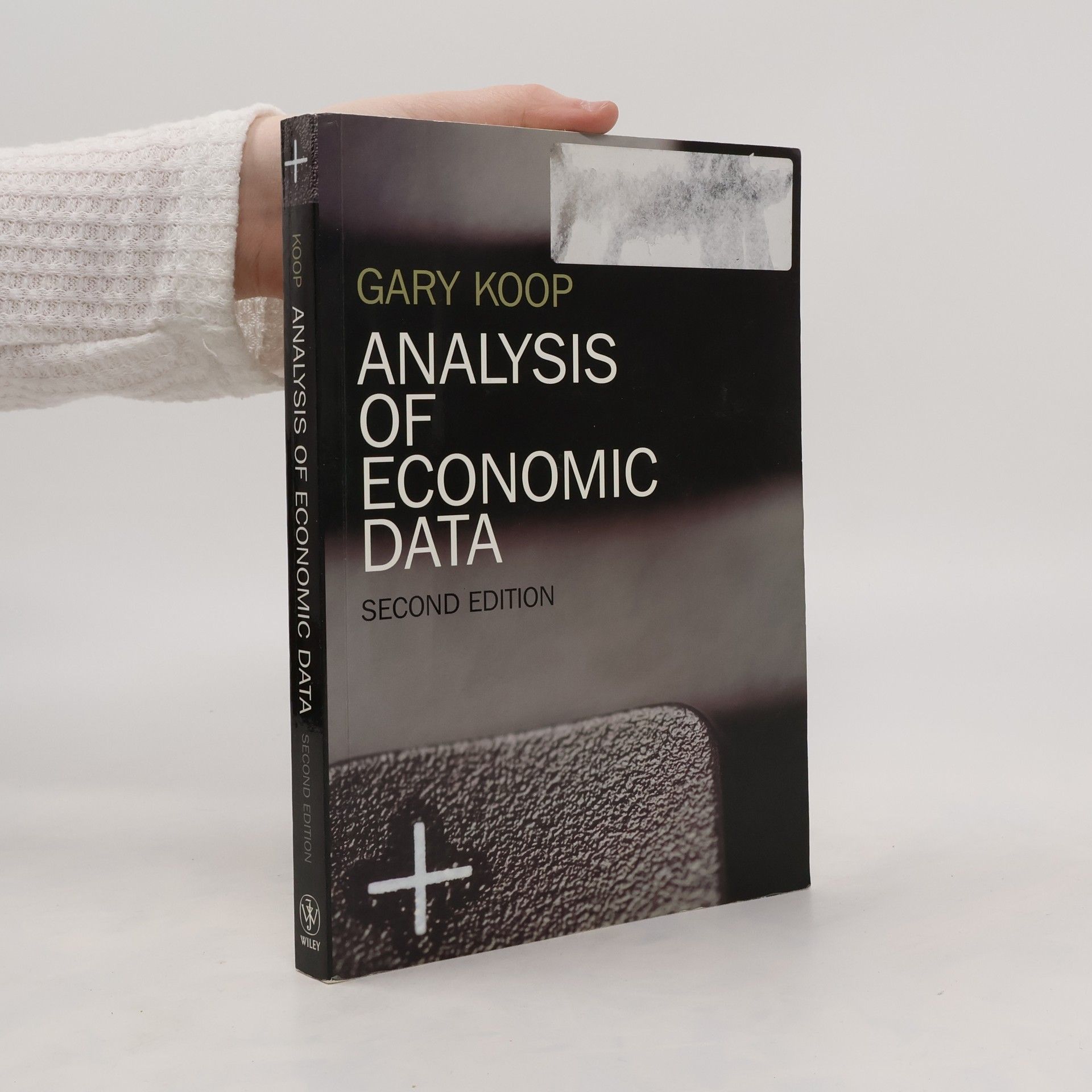Analysis of Economic Data
- 256 Seiten
- 9 Lesestunden
Analysis of Economic Data teaches methods of data analysis to students whose primary interest is not in econometrics, statistics or mathematics. It shows students how to apply econometric techniques in the context of real-world empirical problems. It adopts a largely non-mathematical approach relying on verbal and graphical intuition and covers most of the tools used in modern econometrics research e.g. correlation, regression and extensions for time-series methods. It contains extensive use of real data examples and involves readers in hands-on computer work. The new edition includes new material on the mathematical background required by students and, for those readers unfamiliar with this background, a brief explanation of the relevant mathematics. Topics covered the equation of a straight line, the summation operator, and logarithms. The author also includes a much greater discussion of data transformations such as growth rates and index numbers. More material will also be added on data sources, largely focusing on internet data sources.



